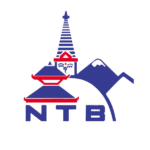18th Mar, 2023
.jpg)
There are many reasons why Annapurna Circuit Trek is famous in Nepal.
Table of Contents
-
Breathtaking natural beauty: The Annapurna Circuit is widely considered to be one of the most beautiful treks in the world, offering stunning views of snow-capped mountains, lush forests, and vibrant villages.
-
Cultural immersion: Along the trek, you will have the opportunity to interact with the local people, who are mostly Gurungs and Thakalis, and learn about their unique customs and way of life.
-
Varied landscapes: The trek takes you through a variety of landscapes, from subtropical forests to alpine meadows and high mountain passes, providing a diverse and rich trekking experience.
-
Challenging adventure: The Annapurna Circuit is a challenging trek, and completing it can be a great personal achievement. The trek involves crossing the 5,416-meter Thorong La Pass, which is one of the highest trekking passes in the world.
-
Spiritual journey: The trek passes through many sacred sites, including Muktinath, a sacred place for both Hindus and Buddhists. Many trekkers find the experience to be a spiritual one.
The Annapurna Circuit Trek offers a unique combination of natural beauty, cultural immersion, adventure, and spirituality that is difficult to find elsewhere in the world.
The Annapurna Circuit Trek is a classic trek in Nepal that typically takes around 18-21 days to complete, depending on the pace of the trekker. The trek offers stunning views of the Annapurna range and takes you through a variety of landscapes, from lush forests to high-altitude desert terrain.
Annapurna Circuit Trek Itinerary:
Day 1: Kathmandu to Besishahar by bus (6-7 hours)
Day 2: Besishahar to Chame (2,710m) by jeep (5-6 hours)
Day 3: Chame to Pisang (3,300m) (5-6 hours)
Day 4: Pisang to Manang (3,540m) (5-6 hours)
Day 5: Rest day in Manang for acclimatization
Day 6: Manang to Yak Kharka (4,110m) (3-4 hours)
Day 7: Yak Kharka to Thorong Phedi (4,600m) (3-4 hours)
Day 8: Thorong Phedi to Muktinath (3,800m) via Thorong La Pass (5,416m) (7-8 hours)
Day 9: Muktinath to Marpha (2,670m) (4-5 hours)
Day 10: Marpha to Kalopani (2,530m) (5-6 hours)
Day 11: Kalopani to Tatopani (1,200m) (6-7 hours)
Day 12: Rest day in Tatopani for relaxation in hot springs
Day 13: Tatopani to Ghorepani (2,850m) (7-8 hours)
Day 14: Ghorepani to Poon Hill (3,210m) for sunrise view and back to Ghorepani. Then to Tadapani (2,610m) (6-7 hours)
Day 15: Tadapani to Ghandruk (1,940m) (3-4 hours)
Day 16: Ghandruk to Nayapul (1,010m) and then to Pokhara (910m) by jeep (5-6 hours)
Day 17: Pokhara to Kathmandu by tourist bus or by flight (6-7 hours by bus, 30 minutes by flight)
This itinerary can be customized according to your preferences and time availability. It's important to note that proper acclimatization is necessary to avoid altitude sickness, so it's recommended to spend an extra day in Manang and Thorong Phedi before crossing the Thorong La Pass. Additionally, weather conditions and transportation availability may affect the actual itinerary.
How Difficult Annapurna Circuit Trek
The Annapurna Circuit Trek is considered to be a moderate to challenging trek, with a total distance of around 160-230 km (depending on the specific route taken) and an average elevation of 4,000 meters above sea level.
The trek usually takes around 15-21 days to complete, depending on the pace of the trekker, and involves long and steep ascents and descents through rugged terrain, high mountain passes, and remote villages.
While no technical climbing skills are required, the trek does demand a good level of physical fitness and endurance, as well as proper acclimatization to the high altitude. Trekkers may also face the risk of altitude sickness, unpredictable weather conditions, and limited access to medical facilities in some areas.
Overall, the Annapurna Circuit Trek is a challenging and rewarding adventure that requires careful preparation, training, and a positive attitude. It is recommended that trekkers consult with a licensed trekking agency and an experienced guide to ensure a safe and enjoyable experience.
Best Session to Trek in Annapurna Circuit Trek
The best time to trek the Annapurna Circuit is during the pre-monsoon season (March to May) and post-monsoon season (September to November). During these seasons, the weather is usually dry and stable, with clear skies and moderate temperatures, making it ideal for trekking and enjoying the stunning views of the mountains.
During the pre-monsoon season, the hills and valleys are covered with blooming rhododendrons and other colorful wildflowers, which adds to the beauty of the landscape. This season is also great for bird watching as many migratory birds visit the area during this time.
During the post-monsoon season, the skies are generally clearer, and the weather is cooler, which makes for comfortable trekking. The autumn months are also a great time for photography, as the mountains are usually very clear, and the light is good for capturing stunning images.
However, it's worth noting that the Annapurna Circuit trek can be completed throughout the year, including during the monsoon season (June to August) and winter season (December to February). The monsoon season brings heavy rain and muddy trails, while the winter season brings cold temperatures and heavy snowfall, which can make trekking more challenging.
Recent Posts
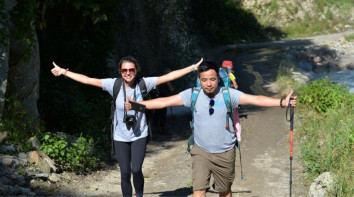
11th Sep, 2022
.jpg)
11th Sep, 2022
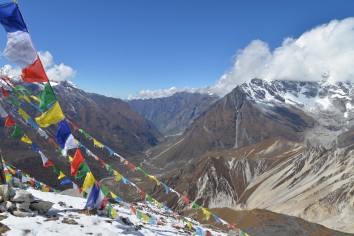
11th Sep, 2022
.jpg)
13th Jan, 2023

14th Mar, 2023
.jpg)
18th Mar, 2023

25th Mar, 2023
.jpg)
30th Mar, 2023

1st Apr, 2023
.jpg)
18th Jul, 2023

10th Mar, 2024
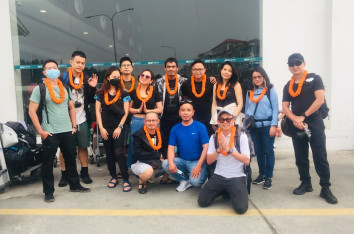
17th Mar, 2024

25th Feb, 2025

19th Mar, 2025

13th Jun, 2025

4th Jul, 2025
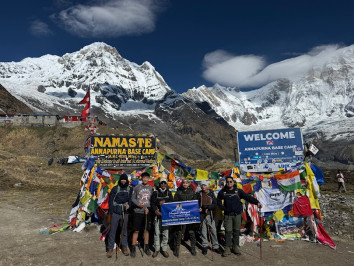
10th Aug, 2025
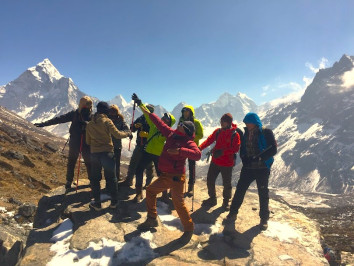
25th Aug, 2025


 WhatsApp
WhatsApp  Plan Your Trip
Plan Your Trip
 (1366 x 768 px).jpg)

